As the seasons change, many reptile owners notice shifts in their pet snake’s behavior that can sometimes be concerning. One natural process that often confuses new snake keepers is brumation—a hibernation-like state that snakes enter during colder months. Understanding when your snake is preparing for brumation is crucial for proper care during this sensitive period. Unlike true hibernation, brumation is a period of dormancy where the snake’s metabolism slows dramatically, but they may still occasionally drink water or move positions. Being able to recognize the signs that your snake is preparing for this natural cycle can help you provide appropriate care and avoid unnecessary veterinary visits. In this article, we’ll explore the five key indicators that your snake companion is preparing to enter brumation.
What Is Brumation and Why Do Snakes Do It?
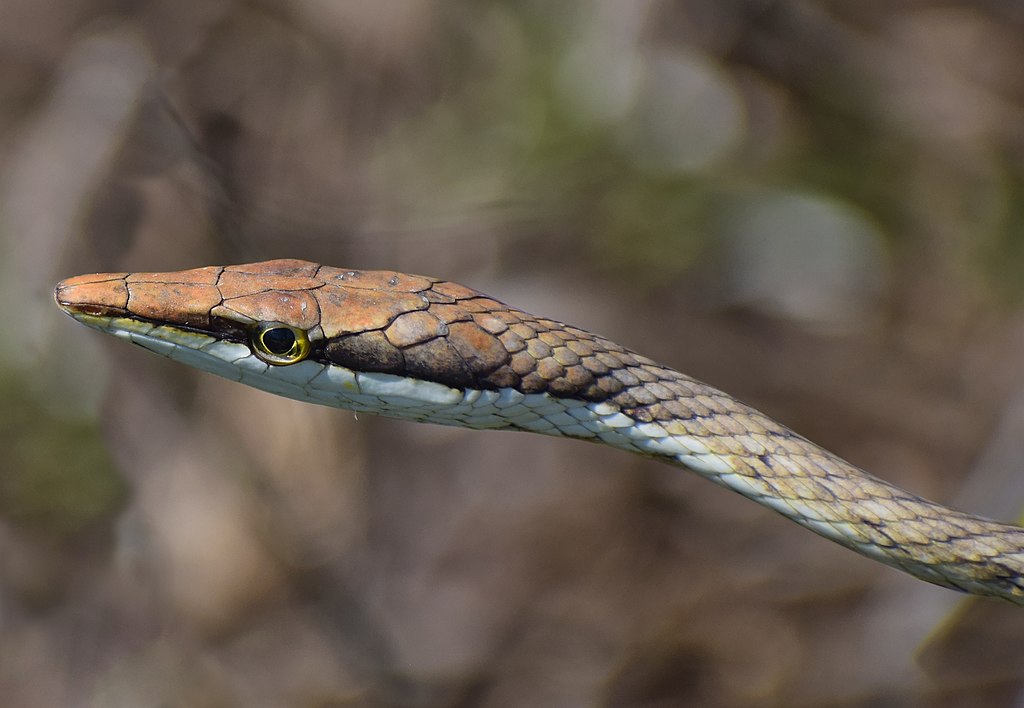
Brumation is a dormant state similar to hibernation that reptiles, including snakes, enter during colder months when resources become scarce. This natural process is triggered by environmental changes, particularly decreasing temperatures and shorter daylight hours. In the wild, brumation allows snakes to conserve energy during winter months when prey is less available and temperatures would otherwise be too low for their cold-blooded bodies to function properly. Even captive snakes that live in climate-controlled environments may exhibit brumation behaviors due to their innate biological programming. The duration of brumation varies by species, with some snakes remaining dormant for just a few weeks while others may brumate for several months, particularly those native to regions with harsh winters.
Sign #1: Decreased Appetite and Feeding Refusal
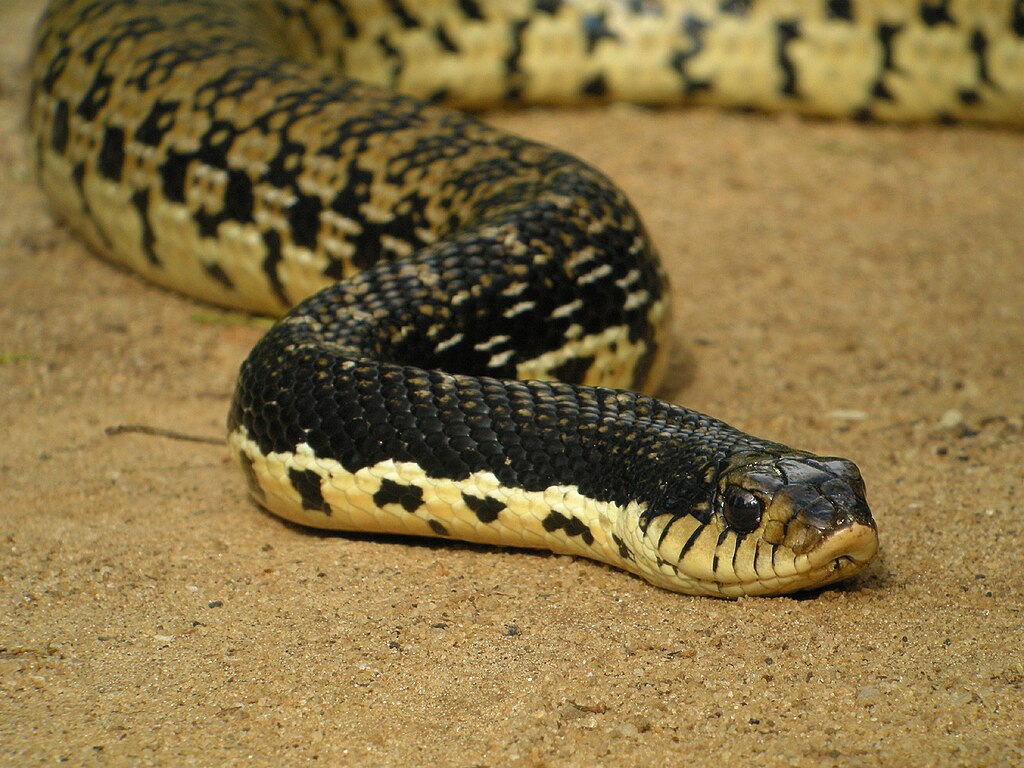
One of the earliest and most noticeable signs that your snake is preparing for brumation is a gradual decline in appetite. Weeks before entering full brumation, your typically food-motivated snake may begin refusing meals or showing significantly less interest in food. This decreased appetite is a natural preparation as the snake’s digestive system slows down in anticipation of the dormant period. Undigested food remaining in the digestive tract during brumation can rot and cause potentially fatal infections. This feeding refusal is distinctly different from hunger strikes due to stress or illness as it typically coincides with seasonal changes and other brumation indicators. If your snake begins refusing meals in late summer or fall after previously eating well, and shows no signs of illness, this could be your first clue that brumation is approaching.
Sign #2: Reduced Activity and Lethargy
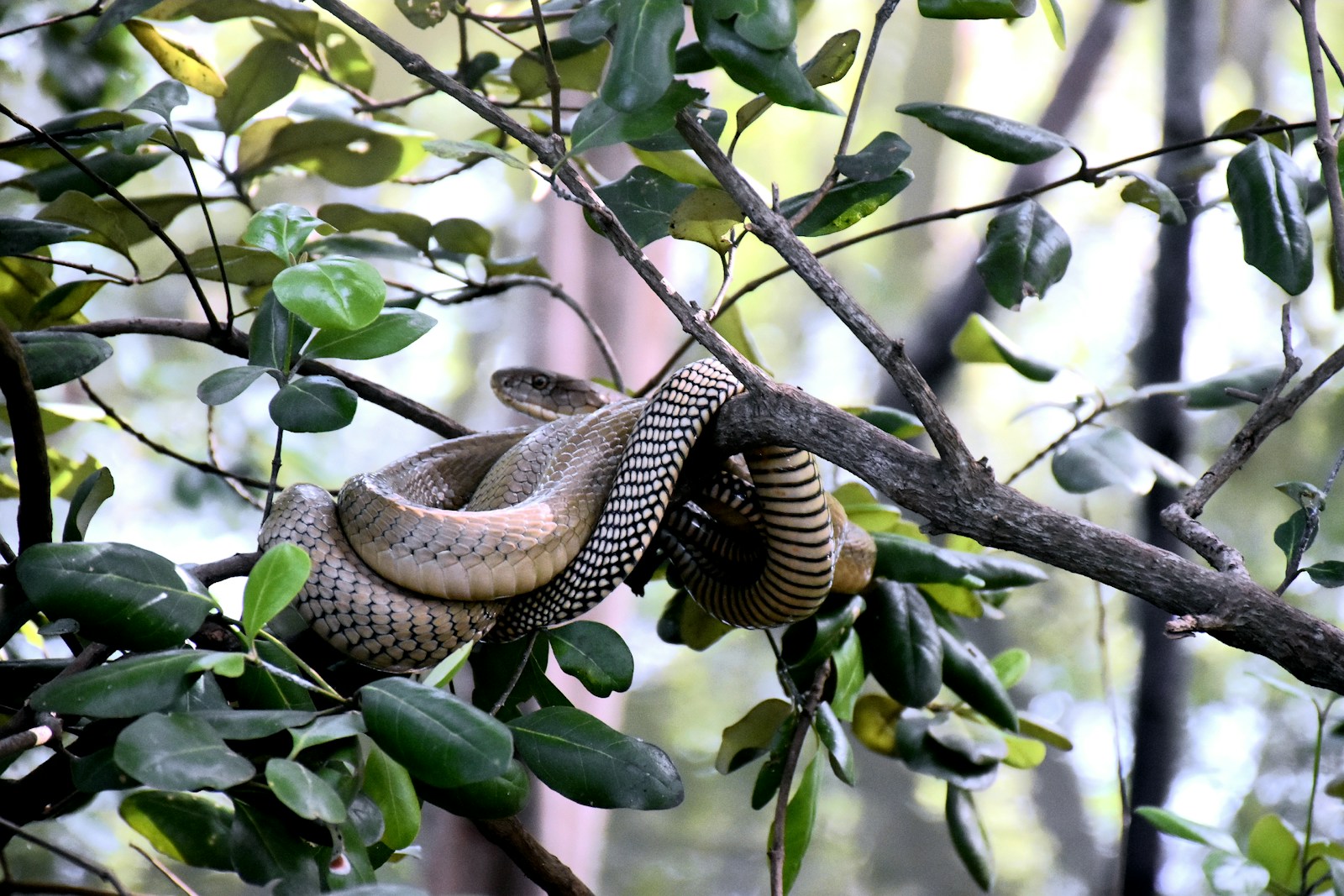
As your snake prepares for brumation, you’ll likely notice a significant decrease in overall activity levels. A snake that was once explorative, frequently changing positions or climbing may suddenly spend most of its time hiding or coiled in one position. This lethargy is a natural energy-conservation strategy as the snake’s metabolism begins to slow down in preparation for the dormant period. Unlike lethargy caused by illness, brumation-related inactivity develops gradually and doesn’t come with other concerning symptoms like weight loss, respiratory issues, or abnormal postures. You might notice your snake moving more deliberately and slowly when it does change positions, almost as if it’s moving in slow motion. This reduced activity level typically becomes more pronounced as the brumation period approaches, with some snakes eventually becoming virtually motionless except for occasional position adjustments.
Sign #3: Seeking Cooler Areas of the Enclosure

Before entering brumation, many snakes will actively seek out cooler areas within their enclosure, which might seem counterintuitive to owners accustomed to their reptile’s normal basking behaviors. You might notice your snake spending more time on the cool side of the terrarium or burrowing under substrate where temperatures are lower. This temperature-seeking behavior is directly tied to the snake’s biological preparation for brumation, as cooler temperatures help trigger and maintain the metabolic slowdown necessary for the dormant period. Some species may even refuse to bask entirely in the weeks leading up to brumation, avoiding their heat lamps or heating rocks that they previously favored. If you notice your snake consistently avoiding warm spots during fall months when they typically would be thermoregulating normally, this behavior strongly suggests brumation preparation rather than illness.
Sign #4: Increased Hiding Behavior

As brumation approaches, snakes typically exhibit a marked increase in hiding behavior, often seeking out secure, enclosed spaces that mimic the den-like environments they would retreat to in the wild. You may notice your snake spending almost all its time in hide boxes, burrowed deep in substrate, or tucked away in the most concealed parts of its enclosure. This security-seeking behavior serves both protective and practical purposes, as hidden locations tend to maintain more stable temperatures and offer protection during the vulnerable brumation period. Some snakes may even create burrows or tunnels in their substrate that weren’t present before, or rearrange their environment to create more protected spaces. If your normally visible snake suddenly becomes elusive and remains hidden for extended periods during the fall season, this is a strong indicator that brumation is imminent, especially when combined with other signs on this list.
Sign #5: Decreased Water Consumption
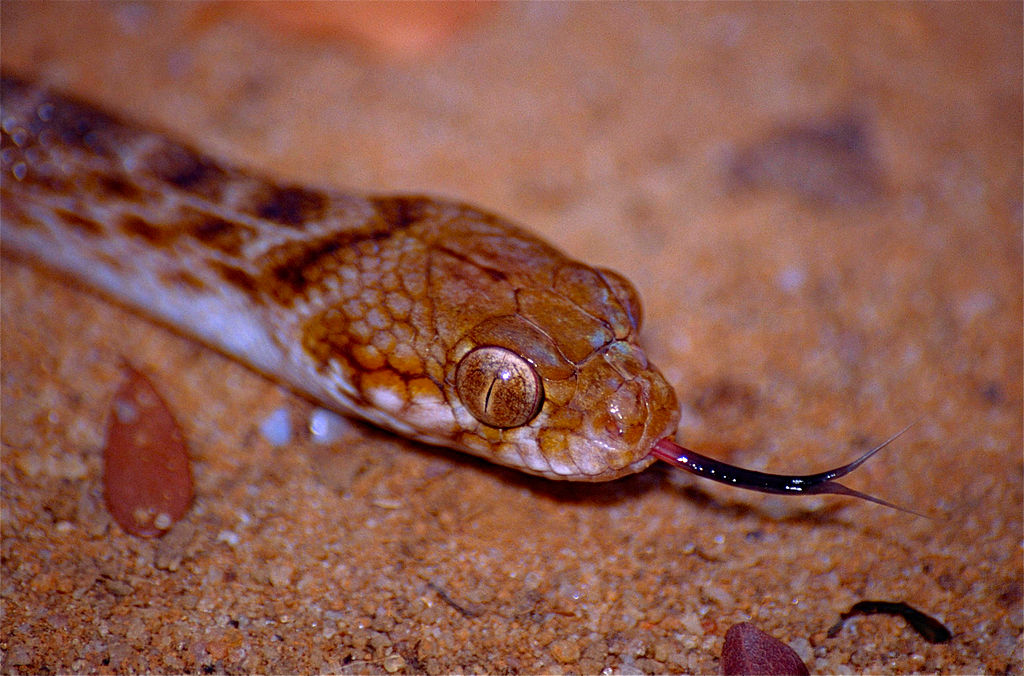
While snakes may continue to occasionally drink water throughout brumation, many owners notice a distinct decrease in water consumption as this dormant period approaches. You might observe that the water bowl needs refilling less frequently, or you may not see your snake drinking as often as it normally would. This reduced hydration need correlates with the snake’s slowing metabolism and reduced activity levels preceding brumation. Unlike complete dehydration from illness, this is a gradual reduction rather than a sudden refusal to drink. It’s important to note that although water consumption decreases, you should never remove water from your snake’s enclosure during brumation, as they may still need occasional hydration even during their dormant period. If you notice your snake’s water dish remaining full for longer periods coinciding with the fall season and other brumation signs, this decreased consumption pattern suggests preparation for seasonal dormancy.
How Brumation Differs Between Snake Species
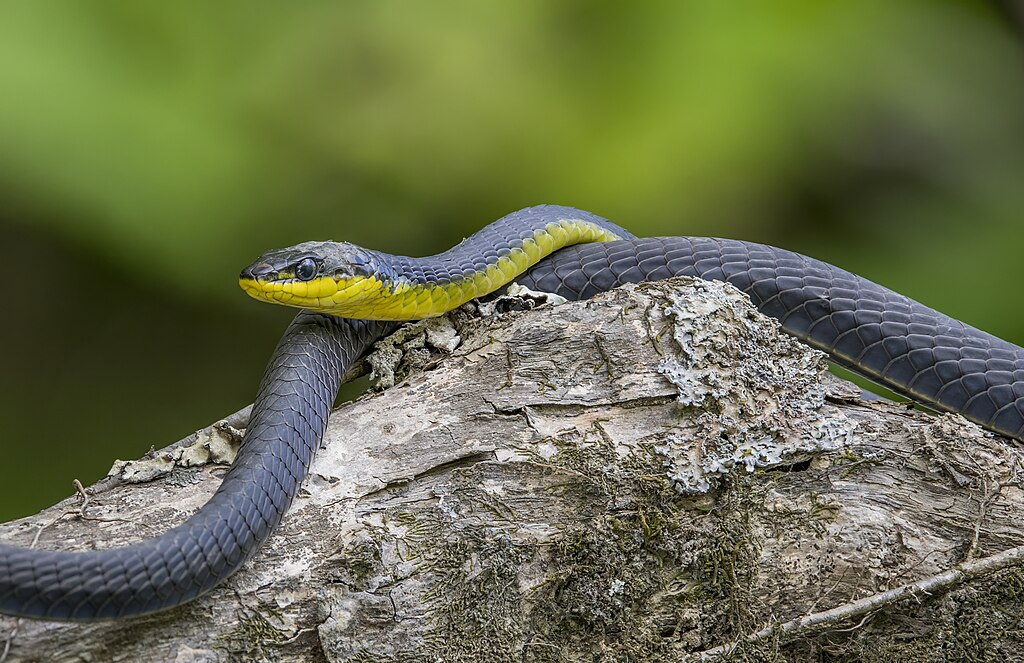
Brumation behaviors and intensity vary significantly between different snake species, largely depending on their natural geographic origins. Species native to temperate or northern climates, like many colubrids (corn snakes, rat snakes) and some vipers, typically display more pronounced and longer brumation periods than tropical species. Ball pythons, for instance, originate from central and western Africa where seasonal temperature fluctuations are less extreme, so they may show only mild brumation behaviors or none at all in captivity. Conversely, species like Russian rat snakes or pine snakes from more northern regions may enter deep brumation lasting several months. Aquatic and semi-aquatic species such as water snakes have unique brumation behaviors, sometimes remaining partially active underwater even during colder months. Understanding your particular snake’s natural history and evolutionary adaptations helps predict how intensely they might brumate and for how long you can expect these behaviors to last.
When Brumation Is Not Normal: Warning Signs

While brumation is a natural process, it’s crucial to differentiate it from illness, as some concerning health conditions can manifest with similar symptoms. Unlike the gradual onset of brumation, illness typically appears suddenly and often includes additional symptoms like weight loss, abnormal posture, mouth breathing, bubbles around the nose or mouth, or visible mucus. Brumating snakes should maintain their body weight and muscle tone even while inactive, whereas ill snakes often show muscle wasting or physical deterioration. Another key difference is timing—if your snake shows brumation-like behaviors during spring or summer months when day lengths are increasing, this is more likely illness than true brumation. Snakes with respiratory infections may appear lethargic like brumating snakes, but typically also display labored breathing or unusual sounds when breathing. When in doubt, consulting an exotic veterinarian is always recommended, as they can help determine whether your snake’s behavior indicates normal brumation or requires medical intervention.
Preparing Your Snake’s Environment for Brumation
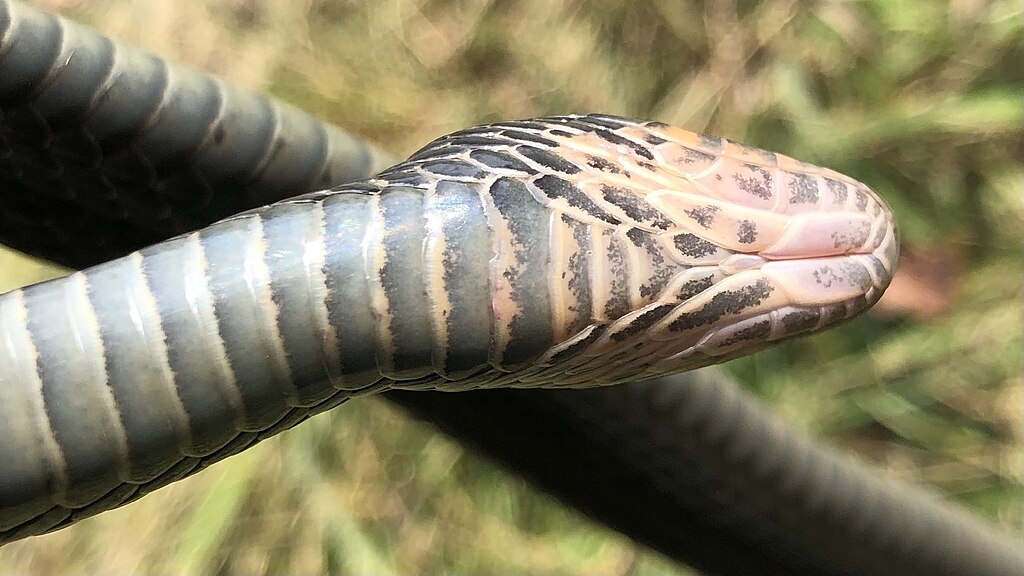
Once you’ve recognized that your snake is preparing to brumate, making appropriate environmental adjustments can help ensure a safe and healthy dormancy period. Gradually reduce the ambient temperature in the enclosure to mimic natural seasonal cooling, while still maintaining a temperature range safe for your specific species. Ensure the enclosure has adequate hiding spots with variable temperatures so your snake can self-regulate as needed during this transition period. Hydration remains crucial even during brumation, so always provide fresh water, though you may notice it needs changing less frequently. Before full brumation begins, cease feeding your snake when it starts refusing meals consistently to ensure the digestive tract is completely empty, as undigested food can cause serious health complications during the slowdown of metabolic processes. Some keepers prefer to slightly reduce humidity during brumation to prevent respiratory issues, though this should be researched specifically for your snake species as requirements vary significantly.
Monitoring Your Snake During Brumation
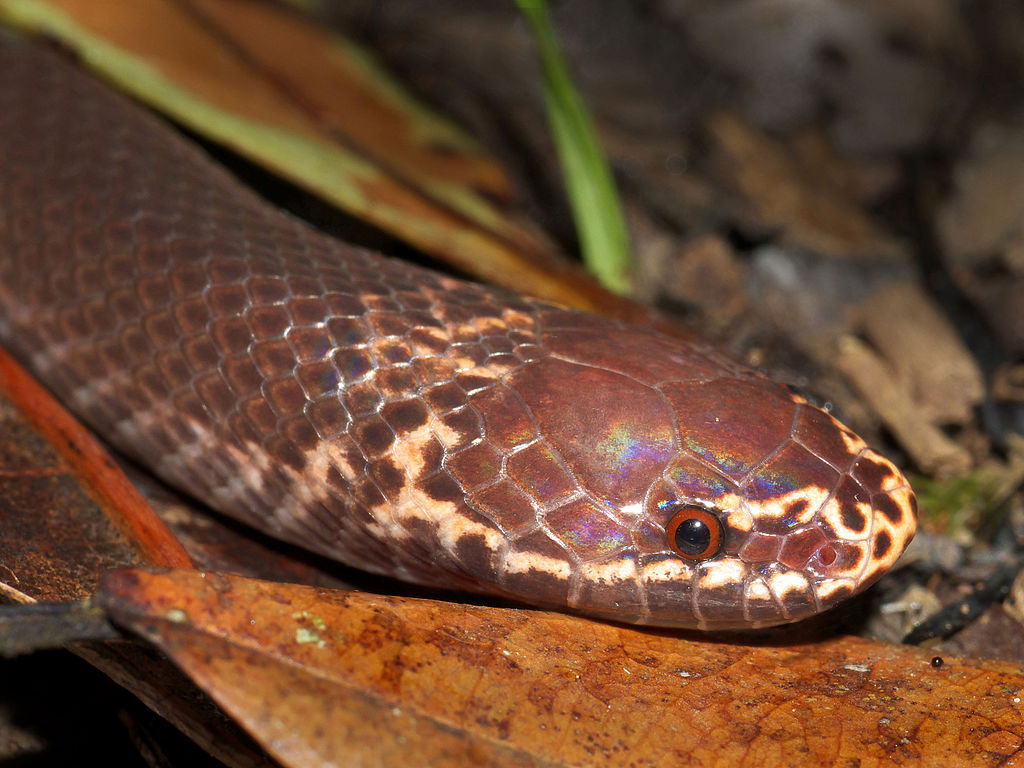
While your snake will be much less active during brumation, regular monitoring remains essential to ensure their wellbeing throughout this vulnerable period. Check on your brumating snake at least weekly, observing their body condition, positioning, and overall appearance without unnecessarily disturbing them. Healthy brumating snakes should maintain their weight and muscle tone, occasionally change positions, and show no signs of injury, infection, or respiratory distress. Weigh your snake monthly during brumation if possible, as significant weight loss exceeding 10% could indicate a problem requiring veterinary attention. Monitor the enclosure environment carefully, maintaining appropriate temperature ranges and preventing extreme fluctuations that could stress your reptile. Keep track of the duration of brumation, as unusually prolonged dormancy might warrant a veterinary consultation, particularly for snakes that haven’t previously undergone this process in your care.
Common Brumation Mistakes to Avoid

Even experienced snake keepers can make mistakes when managing their reptile’s brumation period. One of the most dangerous errors is continuing to feed a snake that has begun showing brumation signs, as food may rot inside their slowing digestive system and cause potentially fatal infections. Another common mistake is completely removing water during brumation; while consumption decreases dramatically, snakes still need access to water for occasional hydration. Many keepers incorrectly assume all snake species require brumation and artificially induce it in tropical species that naturally experience minimal or no brumation in the wild, potentially causing unnecessary stress. Conversely, preventing natural brumation in temperate species by maintaining summer-like conditions year-round can disrupt their biological rhythms and potentially affect long-term health and breeding success. Perhaps the most common error is panicking and rushing a brumating snake to the veterinarian unnecessarily, which creates stress during a naturally vulnerable period.
When and How Snakes Emerge from Brumation

Emergence from brumation typically occurs naturally as daylight hours increase and temperatures gradually rise in late winter or early spring. This awakening process is usually gradual rather than sudden, with snakes slowly becoming more alert and active over a period of days or weeks. During this transition period, you may notice your snake beginning to explore its enclosure more frequently, returning to basking spots, and showing increased tongue-flicking behavior as its sensory systems reactivate. Water consumption typically increases before appetite returns, so you may observe more frequent drinking before feeding behavior resumes. Most snakes will refuse food for one to three weeks after emerging from brumation as their digestive systems gradually return to normal functioning. Once appetite returns, it’s advisable to start with smaller prey items than usual and gradually work back up to normal feeding size as your snake’s metabolism fully reactivates.
Brumation and Breeding: The Important Connection
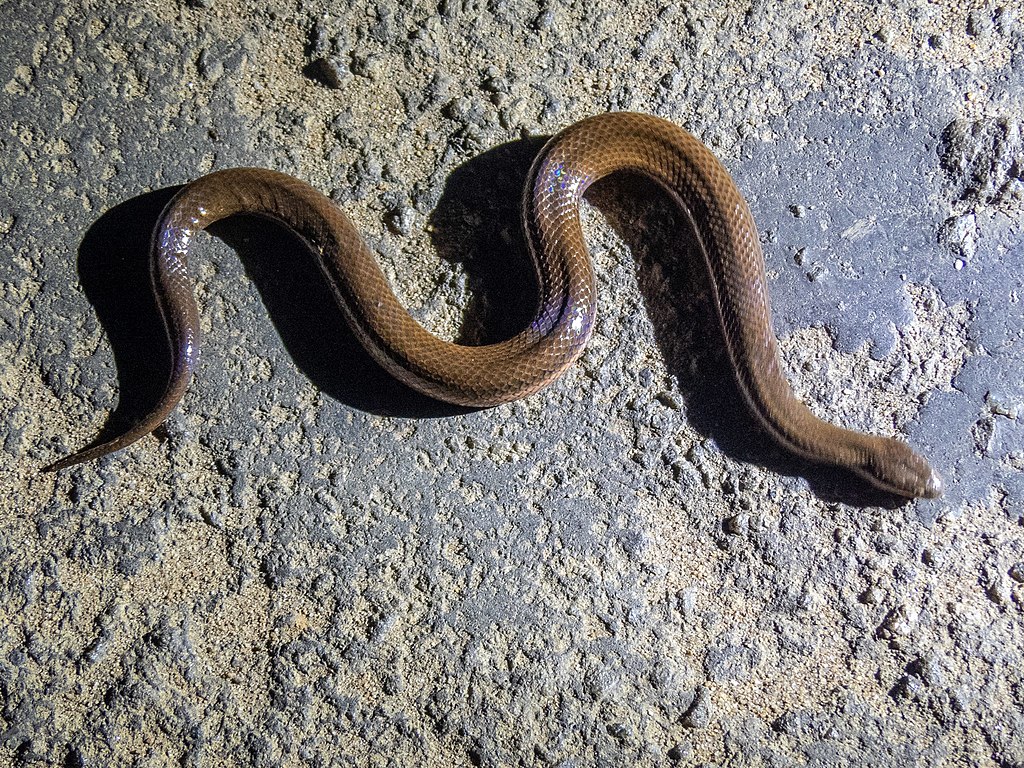
For many snake species, brumation plays a crucial role in reproductive cycling and successful breeding outcomes. The temperature and light fluctuations experienced during brumation trigger hormonal changes that prepare snakes for the breeding season that typically follows emergence. In males, brumation stimulates sperm production and increases breeding behaviors, while in females, it helps regulate follicle development and ovulation timing. For certain species like corn snakes, ball pythons, and many colubrids, a proper brumation period can significantly improve breeding success rates and clutch viability. Professional breeders often carefully manage brumation parameters including duration, temperature profiles, and humidity levels to optimize reproductive outcomes for specific species. However, it’s worth noting that not all captive breeding programs require brumation, as some tropical species breed successfully without this cooling period, and husbandry techniques have evolved to accommodate various reproductive strategies.
Conclusion: Supporting Your Snake Through Seasonal Changes
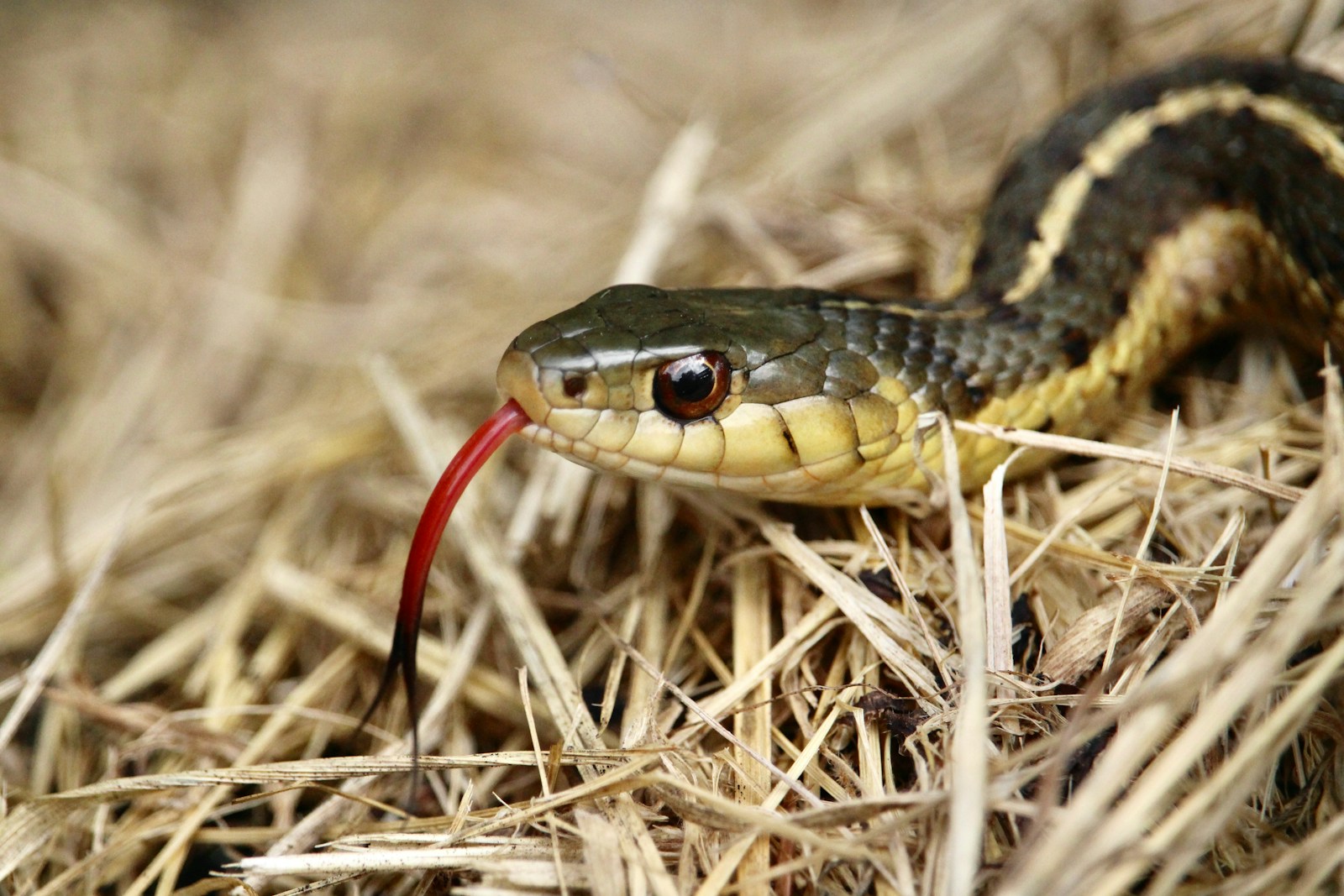
Recognizing the signs that your snake is preparing for brumation allows you to provide appropriate care during this natural biological process. By understanding the five key indicators—decreased appetite, reduced activity, seeking cooler areas, increased hiding, and decreased water consumption—you can differentiate between normal brumation and potential health concerns. Remember that brumation is species-specific, with some snakes displaying pronounced seasonal dormancy while others show minimal changes. Rather than fighting against this natural cycle, supporting your snake through brumation by adjusting environmental parameters, monitoring their condition, and respecting their reduced activity needs will contribute to their long-term health and wellbeing. With proper knowledge and preparation, you can confidently guide your serpentine companion through this fascinating aspect of reptile biology, ensuring they emerge healthy and revitalized when spring arrives.





